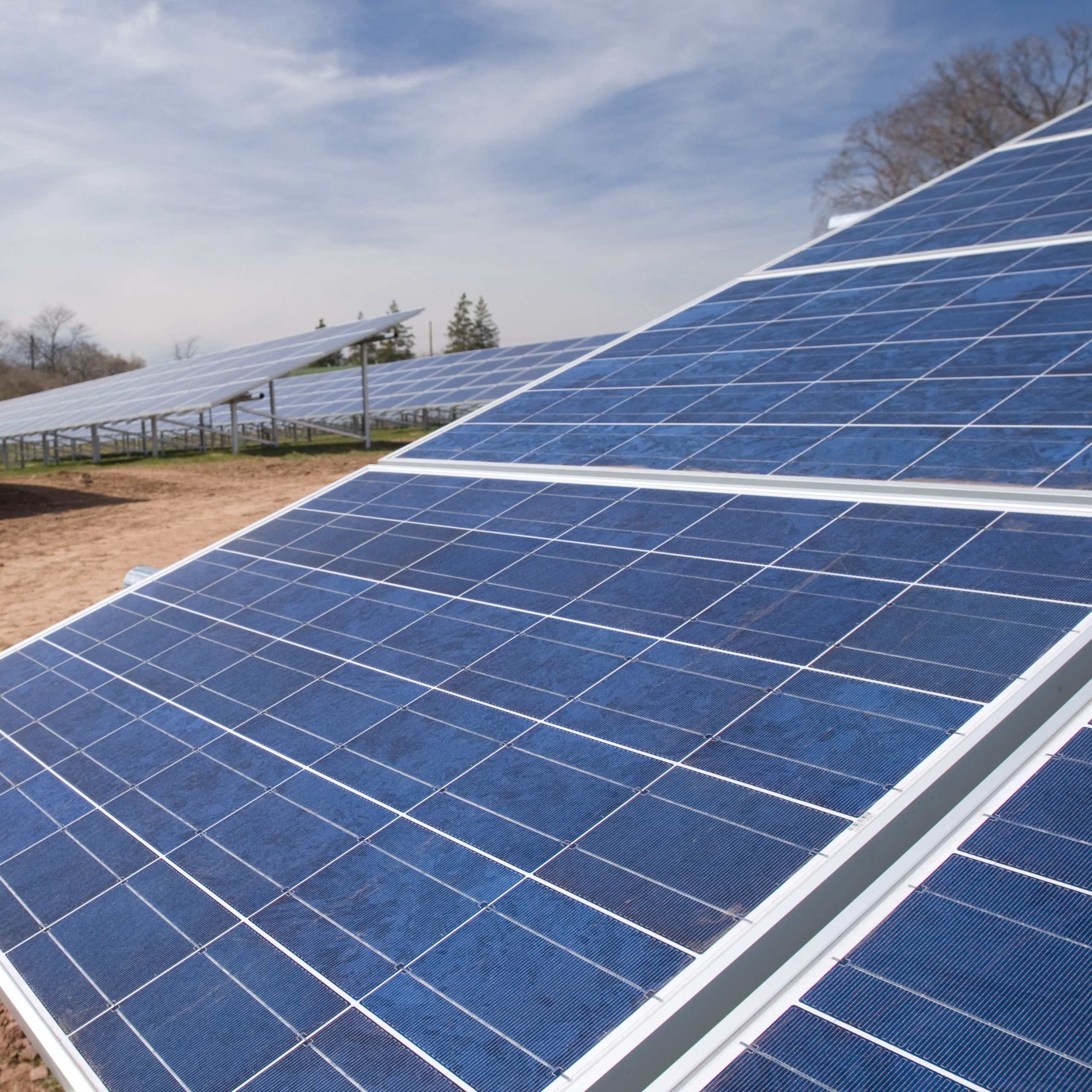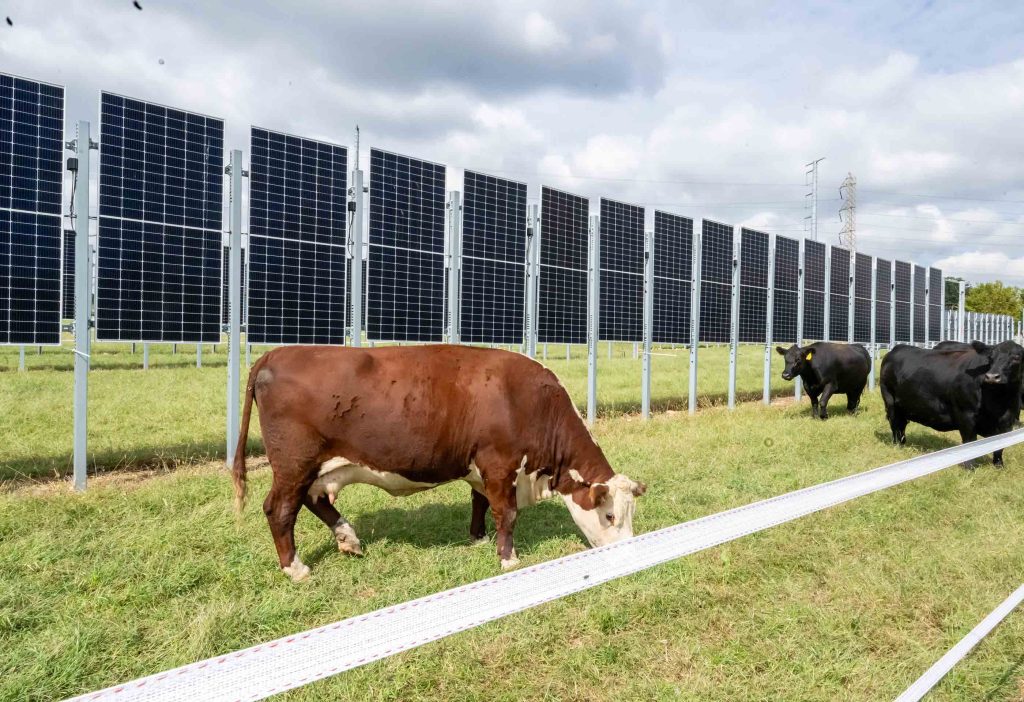Media error: Format(s) not supported or source(s) not found
Download File: https://rcei.rutgers.edu/wp-content/uploads/2023/10/2023-10-03e-RCEI-Homepage-Montage.mp4
RCEI Clean Energy Fellowship Program
Our work has never mattered more. We all understand the stakes. The Earth continues to warm, and human and ecological communities suffer from the impacts of a changing climate. The creativity, passion, and stubborn resolve RCEI affiliates and their students have for their climate change and renewable energy scholarship persevere.
Your contributions will support graduate students and early career scholars, research programs that develop real-world solutions, and building connections between the arts and sciences.
Now, more than ever, we need you.
- 0
- 1
RCEI Clean Energy Fellowship Program
Our work has never mattered more. We all understand the stakes. The Earth continues to warm, and human and ecological communities suffer from the impacts of a changing climate. The creativity, passion, and stubborn resolve RCEI affiliates and their students have for their climate change and renewable energy scholarship persevere.
Your contributions will support graduate students and early career scholars, research programs that develop real-world solutions, and building connections between the arts and sciences.
Now, more than ever, we need you.
- 0
- 1

Learn About Us
Signature Initiatives
Signature Initiatives
News & Events from RCEI
New Book Edited by RCEI Affiliate and Human Ecology Professor Pamela McElwee

Latest
Concerned with growing threat of nuclear threat, the WHO to review health impacts of nuclear war

Ocean Education Tools Made by and for Oceanography Professors

RCEI Fosters Collaboration Around Climate, Energy, and AI

RCEI Partners with New Jersey Board of Public Utilities to Establish a Clean Energy Graduate Certificate and Clean Energy Fellowship Program





